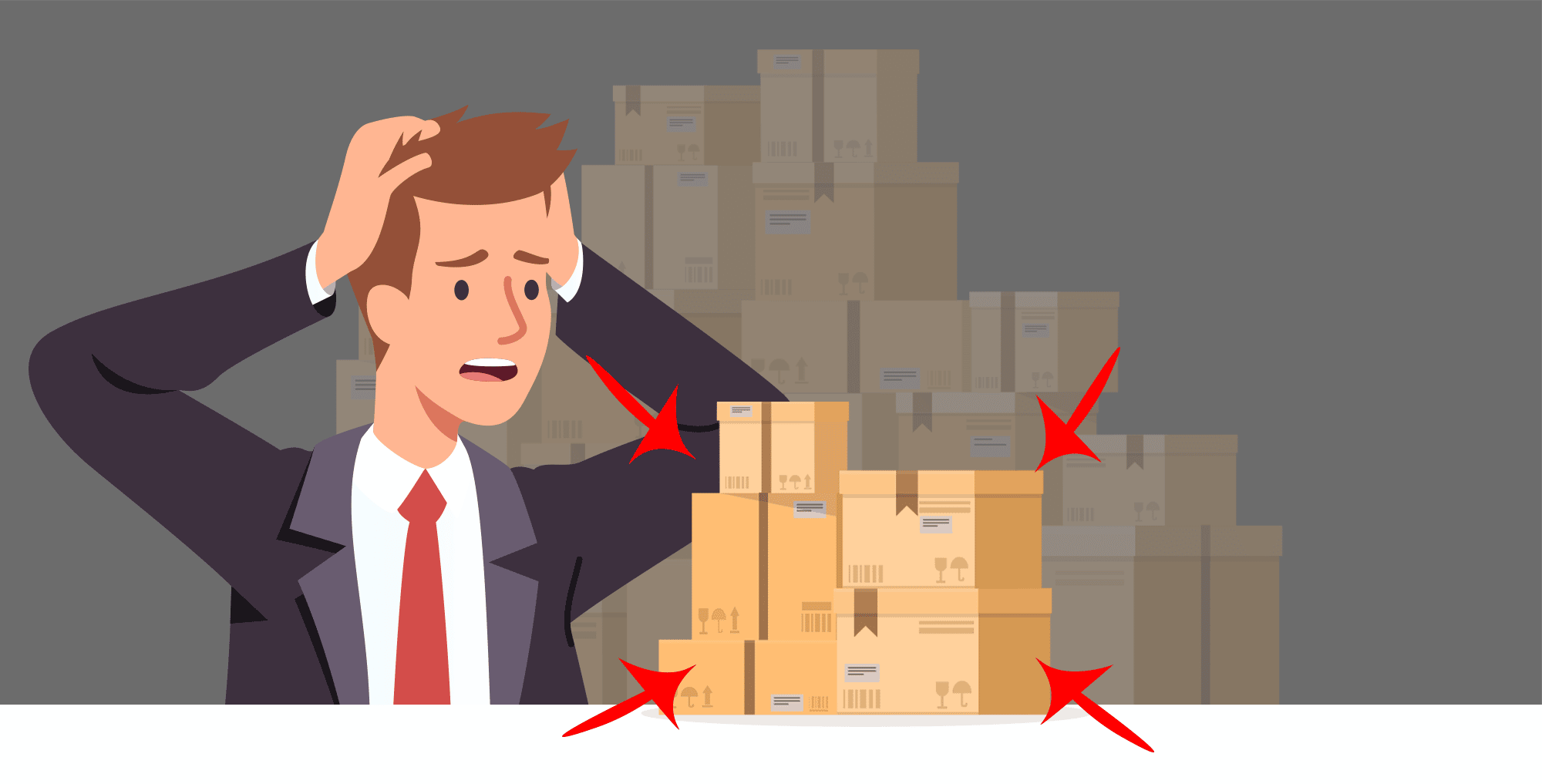
Lately, Amazon sellers have woken up to a nightmare—huge cuts in their restock limits. Many have maintained excellent metrics, and there was no previous announcement made by Amazon. So why are FBA sellers experiencing significantly reduced restock limits?
A Look at Amazon’s Shipping Restrictions
The year 2020 saw a boom in ecommerce. In order to accommodate the increasing inventory coming from 3P sellers, Amazon introduced ASIN-level quantity limits for FBA products in July of the same year. This meant that all new products had a 200-unit limit.
But in April 2021, sellers were blindsided by the announcement that restock limits are now calculated at the account level and by storage type.
But why did Amazon do this? The company gave an answer, but it’s not exactly helpful: “We believe that restock limits provide better flexibility to allocate your storage limits and manage the inventory you send to Amazon.”
While some sellers were happy with the change, many were displeased. For those pleased, it means they’re now allowed to send in a greater amount of any one particular ASIN. For those displeased, it means they have to choose some products to restock with healthy levels, and other products to restock more leanly or not at all.
What this means for most sellers is they can’t create new shipments either because
- The units in their shipping plan exceed their storage type’s maximum shipment quantity
- Their storage-type utilisation has exceeded their restock limit
This announcement was made so close to Prime Day when FBA sellers already have shipments coming.
What’s Causing These Restock Limit Reductions?
Based on our survey, over 80% of respondents reported a reduction in storage limits of 25% or more.
EcomCrew’s own Dave Bryant said, “Both of our accounts saw pretty significant reductions this week with one decreasing by nearly 50% overnight.” This same sentiment was echoed across many Amazon discussion forums with many sellers reporting 15 to 85% drops in inventory restock levels.

Ultimately, these changes were made because of insufficient warehouse capacity at Amazon which may be caused by some of the following reasons:
Massive increases in consumer products demand
- While vaccinations are underway, a lot of people are still shopping online—a behavior that intensified during the pandemic. There’s an influx of products and limited space. So it’s no surprise that Uncle Jeff is building warehouses left and right.
Staffing limitations due to social distancing measures
- Although there were more than 19,000 Amazon workers affected by COVID in October 2020, the company still requires employees to maintain a safe distance from one another. This entails having less people working inside warehouses, effectively cutting efficiency in fulfillment operations.
Prime Day Pressures
- Amazon knows sellers will be sending in more inventory for Prime Day. The restock limits are a way of controlling how much more FBA warehouses are receiving.
What Can Amazon Sellers Do with These Reduced Restock Limits?
No matter what the reason is, sellers will have to deal with the new limits. Here are some of the things you can do to cope. However, take note that while these may work for some, there are also sellers who report that despite following them, they’re still hit with massive cuts.
- Prioritize your most profitable items
- Now that it is an overall account level limit, you can essentially decrease your inventory levels in some products and increase it in other products.
- Increase your sales.
- In general, Amazon will look at the last 3 months of sales history and update your capacity to reflect this. The more you sell, the higher your limits become. You can promote your products through PPC ads, or you can do it for less by increasing your external traffic.
- Sell slow-moving items through FBM.
- If you’re selling solely through FBA, it might be time to try FBM. With these restock limits getting crazier, you may have to use 3PLs anyway. Why not reserve that for items that don’t sell as fast?
- Create a removal order.
- Make room for your best sellers by creating a removal order to either have your inventory returned to you or have Amazon dispose of it.
Will Amazon Change Restock Limits Soon?
As with most things Amazon-related, sellers are at the mercy of the platform. Amazon has promised that it will update restock limits regularly. Although whether that means reducing them further or not, we can’t be sure.
Have you experienced cuts in your limits too? What’s your action plan? Share it with us in the comments section.





Yes the cuts were a hit for us, because we launched a new product one week before the announcement and sent 6000 unit, to be shocked a week later with the news, our new limits is 4000 units!!. Now we don’t know what to do with the slow selling new product and we are not able to ship our good selling products which we are afraid will run out of stock very soon.
We sell most products in 4th quarter. Sold about 15,000 units last Christmas. Our new limits are 4,000… Thanks amazon…
Yeah. It’s really bad. And it’s still continuing, too. Sellers are experiencing more cuts on their previously reduced restock limits.
Just curious as I’m in the same boat. Have you found a way to increase your limits since this post?